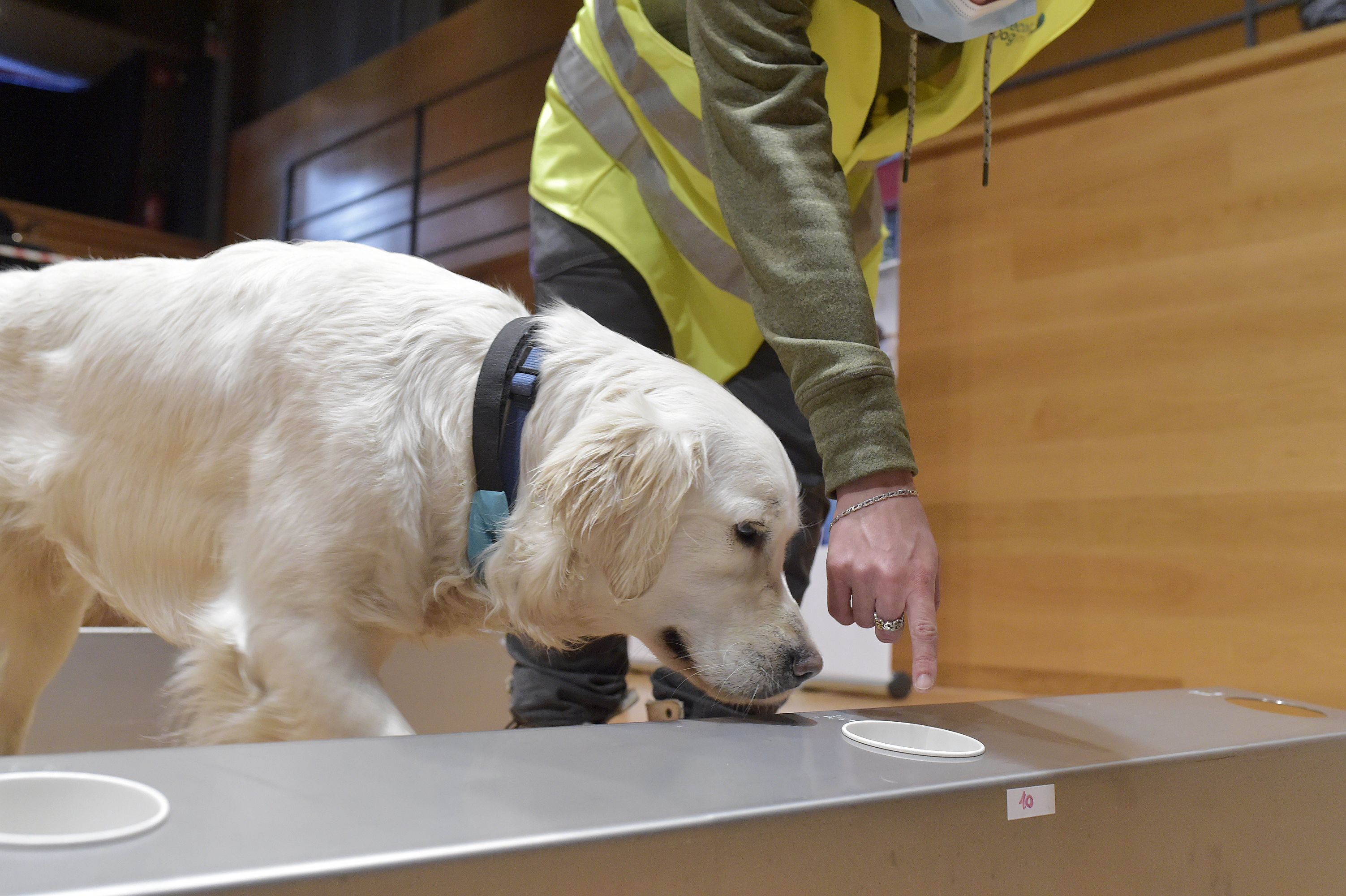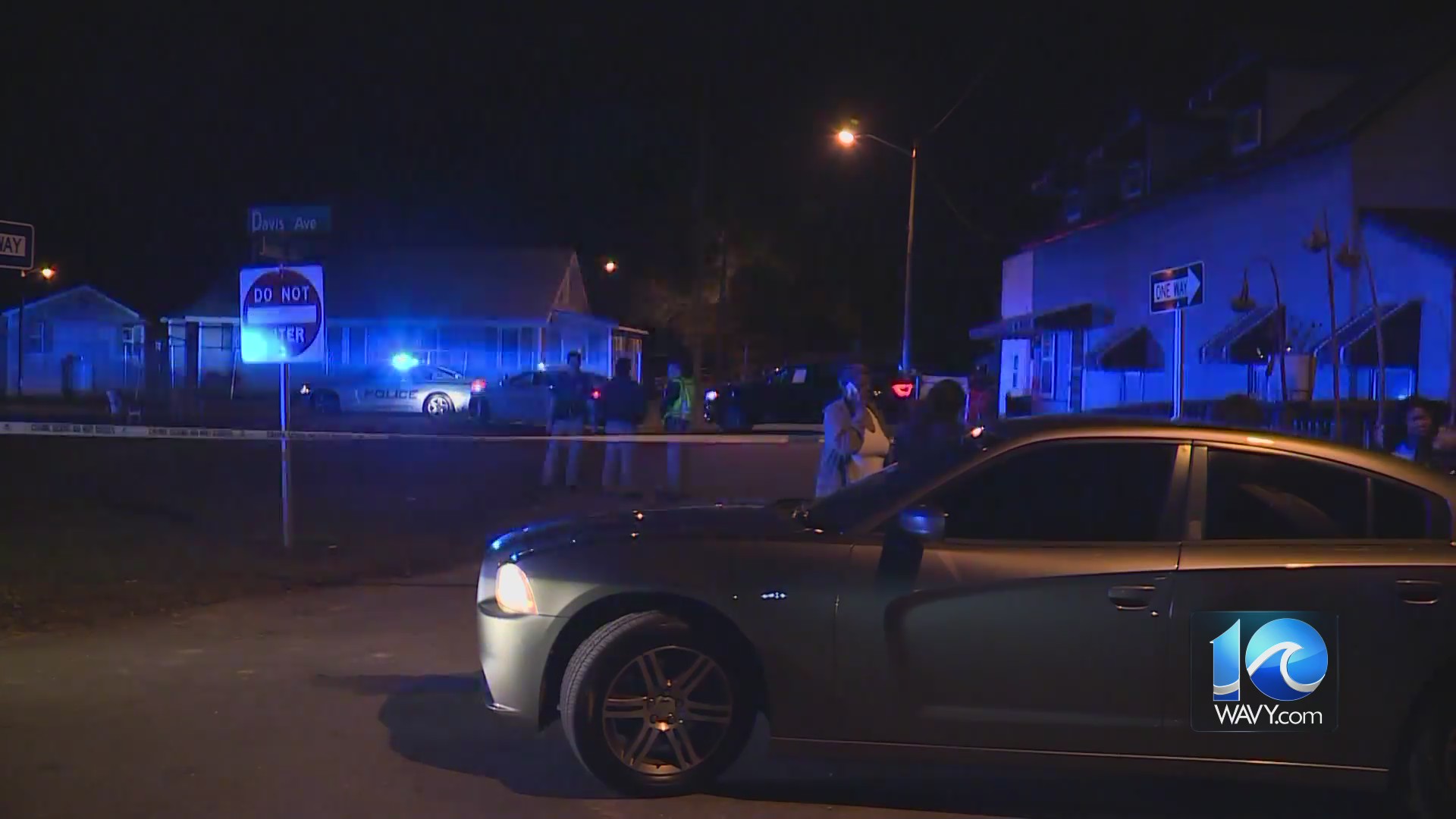RICHMOND, Va. (WRIC) — Seven new historical markers will be coming to highway roadsides across Virginia — sharing educational content about locations, events and people that are a part of Black history.
According to the Virginia Department of Historic Resources, the markers will highlight three Black communities founded after the Civil War, the first municipal Black burial ground in Richmond and Arthur Crudup — whose famous “That’s All Right” blues tune would go on to kick off the career of Elvis Presley.
Here is a breakdown of all seven upcoming markers, including the proposed text for their signposts:
Luther H. Foster High School
Proposed Text: “This school, built at a cost of more than $600,000, provided secondary education to Black students from 1950 until 1970, when Nottoway County fully desegregated its schools. Although planning for the new high school had begun by 1946, the county proceeded with urgency in 1948 after a federal court ruled for the plaintiffs in equalization lawsuits elsewhere in VA. The school was named for Halifax County native Dr. Luther Hilton Foster (1888-1949), a nationally known figure in Black higher education and former president of what is now Virginia State University. Despite racial discrimination, many graduates became educators, attorneys, physicians, civil servants, and military service members.”
Sponsor: Luther H. Foster High School Alumni Association
Locality: Nottoway County
Proposed Location: 5285 Old Nottoway Road, Blackstone
Lucyville
Proposed Text: “The Rev. Reuben T. Coleman, enslaved at birth, became an entrepreneur after the Civil War. About 1.5 miles north of here he established Lucyville, named for his daughter, which in the 1890s featured a bank, post office, newspaper, and mineral springs resort that drew visitors from afar. Coleman, who challenged segregation, was the pastor of Mount Olive Baptist Church and a local Republican leader and officeholder. His brother-in-law Shed Dungee, formerly enslaved, represented the area in the House of Delegates (1879-1882) and aligned with the Readjusters, a biracial coalition that achieved major reforms and supported public education. Many Lucyville residents left during the Great Migration.”
Sponsor: Cumberland Middle School
Locality: Cumberland County
Proposed Location: Trents Mill Road, at the intersection with Oak Hill Road
Washington Park Community
Proposed Text: “Emancipated African Americans settled in this area after the Civil War. They organized St. John Baptist Church ca. 1868 and built a sanctuary here in 1893. First Baptist Church was founded in 1921. Two planned developments, Oak Park and Washington Park, constituted what is now known as Washington Park early in the 20th century. The neighborhood’s Market Inn nightclub featured performances by such acts as Redd Foxx, the Shirelles, and the Drifters, and was listed in the Green Book, a guide for Black travelers during the segregation era. The City of Richmond annexed part of the community from Henrico Co. in 1914 and the rest in 1942. Dr. Roy West, Richmond’s second Black mayor, grew up here.”
Sponsor: Washington Park Civic Association
Locality: City of Richmond
Proposed Location: 4317 North Ave
Belleville Community
Proposed Text: “William Saunders Crowdy (1847-1908), who escaped enslavement during the Civil War, established the Church of God and Saints of Christ, a now predominantly African American Judaic community, in Kansas in 1896. He purchased 40 acres here in 1903 that later formed the nucleus of Belleville, which emerged in the 1920s. Expanding to more than 700 acres at its peak, this self-sufficient community featured a sacred tabernacle, farms, a school, a home for widows and orphans, stores, an electric plant, a music hall, and athletic facilities. In 1919 the site became the international headquarters of the Church of God and Saints of Christ, which has members and missions in the U.S., Jamaica, and Africa.”
Sponsor: Church of God and Saints of Christ/Temple Beth El
Locality: City of Suffolk
Proposed Location: Near the intersection of Bridge Road and Townpoint Road
Stephen Bates (1842-1907)
Proposed Text: “Stephen Bates, the earliest-known Black sheriff in the North, began life at Shirley enslaved as a domestic worker. Along with many other people enslaved in the region, he claimed his freedom during the Peninsula Campaign of 1862. After the Battle of Malvern Hill, he worked for a Union officer at nearby Harrison’s Landing and departed with the army in August. Bates became a coachman for VT Congressman Frederick E. Woodbridge in Washington, DC, and in 1869 moved with him to Vergennes, VT. The city council appointed Bates constable (1875-79), and in 1879 the overwhelmingly White electorate chose him to be sheriff. He was regularly elected sheriff and often appointed chief of police until his death.”
Sponsor: Charles City County Richard M. Bowman Center for Local History, Larry Schuyler for the Bates family, Liz Ryan for the Stephen Bates Historic Marker Team (Vermont), and Charles Carter for Historic Shirley
Locality: Charles City County
Proposed Location: Near the intersection of Route 5 and Shirley Plantation Road
Arthur Crudup (1905-1974)
Proposed Text: “Arthur “Big Boy” Crudup, a blues singer, guitarist, and songwriter sometimes called “The Father of Rock ‘n’ Roll,” was born in Mississippi and gained prominence as a recording artist in Chicago in the 1940s. A cover of Crudup’s “That’s All Right” launched the career of Elvis Presley, who later recorded two more of Crudup’s works. Among others who covered Crudup were the Beatles, B.B. King, and Elton John. Rarely receiving royalties, Crudup supported his family as a laborer and farm worker and moved to Franktown ca. 1960. He toured internationally and performed with his sons James, George, and Jonas as The Malibus in Weirwood and Nassawadox. He died on 28 March 1974 and is buried near here.”
Sponsor: DHR
Locality: Northampton County
Proposed Location: Nassawadox
Richmond’s First Municipal African Cemetery
Proposed Text: “In 1799 the City of Richmond acquired land in this area for its first municipal burial ground for enslaved and free Africans and people of African descent. One of several town gallows was located here. Objecting to this and other indignities, including frequent flooding that disturbed burials, free Black Richmonders petitioned for a new cemetery. In 1816 the City opened the Shockoe Hill African Burying Ground a mile north of here. By 1957, Interstate 95 and parking lots covered much of the original cemetery. Beginning in the early 2000s, community activists led an ultimately successful campaign to reclaim, protect, and memorialize the Shockoe Bottom African Burial Ground.”
Sponsor: DHR
Locality: City of Richmond
Proposed Location: E. Broad St. just east of I-95
The DHR had these markers approved during a quarterly meeting on June 15, 2023. It could take up to eight months for a marker to be ready to be placed. The text of the markers must also be approved by VDOT — or the public works organization with jurisdiction, as appropriate.



































